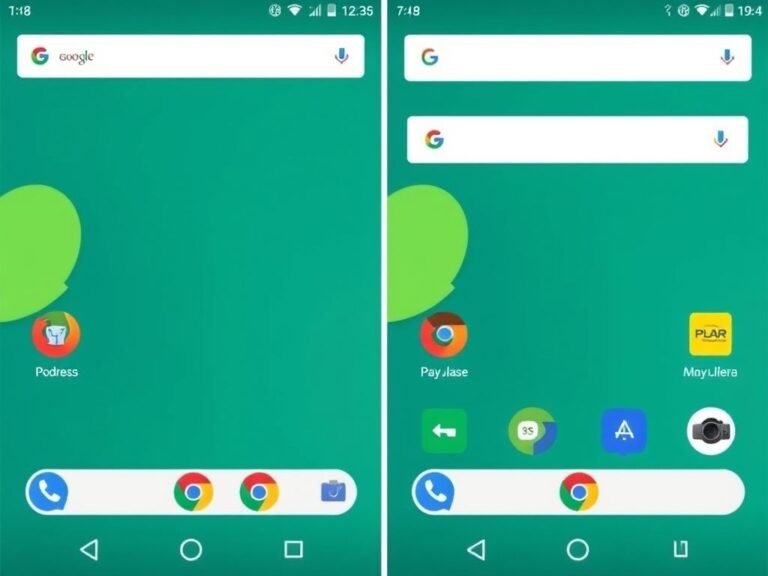Meet Gemma 3B: Google’s New AI Model That Runs Smoothly on Mobile Devices

Meet Gemma 3B: Google’s New AI Model That Runs Smoothly on Mobile Devices
Google has officially released Gemma 3B , the next-generation open AI model that builds significantly on its predecessor. After a preview at this year’s Google I/O , the full version is now available — and it’s built to run directly on your own hardware.
This new release marks a turning point for developers, offering more power, flexibility, and multimodal capabilities than ever before.
What Is Gemma 3B and How Is It Different?
Gemma 3B is part of Google’s open AI model family , designed specifically for developers who want to download, modify, and run AI models locally . Unlike Gemini , which is Google’s proprietary, closed-source model suite, Gemma is fully open — making it ideal for experimentation, customization, and on-device deployment.
Key Features of Gemma 3B
The biggest upgrade in Gemma 3B is its native support for multimodal inputs , meaning it can now process:
- Text
- Images
- Audio
- Video
And all of this is done while still generating high-quality text outputs — a huge leap from the earlier, text-only versions.
Here are some of the major improvements outlined by Google:
✅ Multimodal Capabilities
Gemma 3B supports image, audio, video, and text input natively, opening up new possibilities for real-world applications like content analysis, voice assistants, and visual recognition tools.
✅ Optimized for On-Device Use
Engineered with efficiency in mind, Gemma 3B comes in two versions:
- E2B (effective 2B parameters) – runs with as little as 2GB of memory
- E4B (effective 4B parameters) – runs with as little as 3GB of memory
Despite their actual parameter counts being 5B and 8B respectively, architectural innovations make them behave like smaller, more manageable models.
✅ New MatFormer Architecture
At the heart of Gemma 3B lies MatFormer , a groundbreaking architecture inspired by Russian Matryoshka dolls — where a larger model contains a fully functional, smaller version inside.
This allows the same model to scale across different tasks, adapting performance based on device capabilities.
Other key components include:
- Per Layer Embeddings (PLE) – improves memory efficiency
- MobileNet-v5 Vision Encoder – optimized for fast and accurate image processing
- New Audio Encoders – enable efficient speech-to-text and translation
✅ Enhanced Performance and Quality
Gemma 3B brings significant improvements in:
- Multilingual support : Understands and generates text in 140 languages
- Multimodal understanding : Supports 35 languages in combination with images, audio, or video
- Math and coding skills : Better accuracy and logic handling
- Reasoning abilities : Improved contextual understanding and problem-solving
Performance Benchmarks
Gemma 3B’s E4B variant sets a new standard in performance for compact models. It’s the first sub-10B parameter model to achieve an LMArena score above 1300 , showing that size doesn’t always mean compromise when it comes to quality.
On devices like the Google Pixel , the vision encoder can process video at up to 60 frames per second , making it suitable for real-time applications.
How Can You Try Gemma 3B?
Developers can start experimenting with Gemma 3B right away through popular platforms such as:
- Hugging Face
- Kaggle
- Google AI Studio
You don’t need expensive cloud infrastructure — just your local machine, and you’re ready to go.
Why This Matters for Developers
Gemma 3B represents a big step forward in on-device AI , giving developers powerful tools without relying heavily on the cloud. Whether you’re building mobile apps, personal assistants, or creative tools, Gemma 3B offers a balance between performance, flexibility, and accessibility.
https://developers.googleblog.com/en/introducing-gemma-3n-developer-guide/





